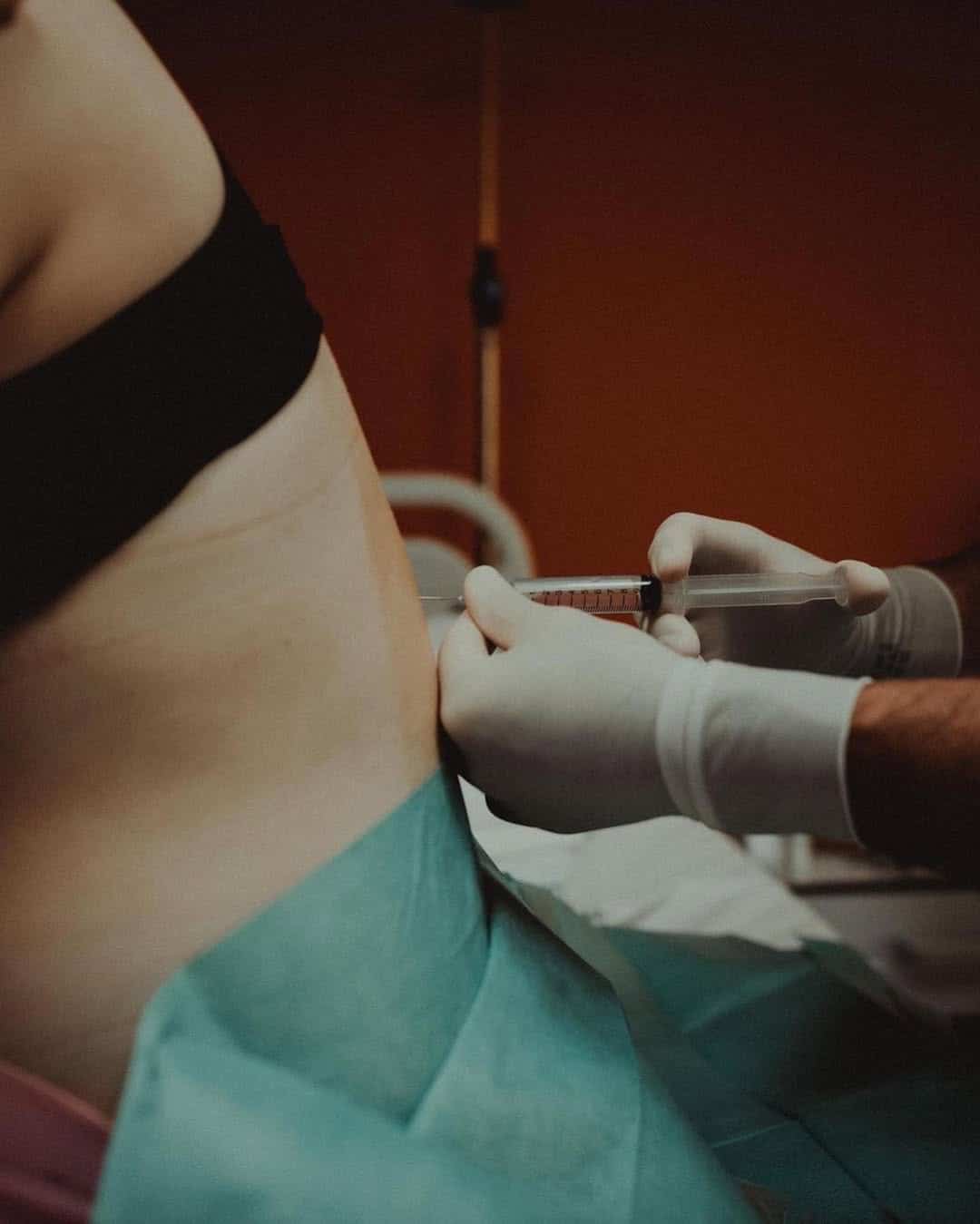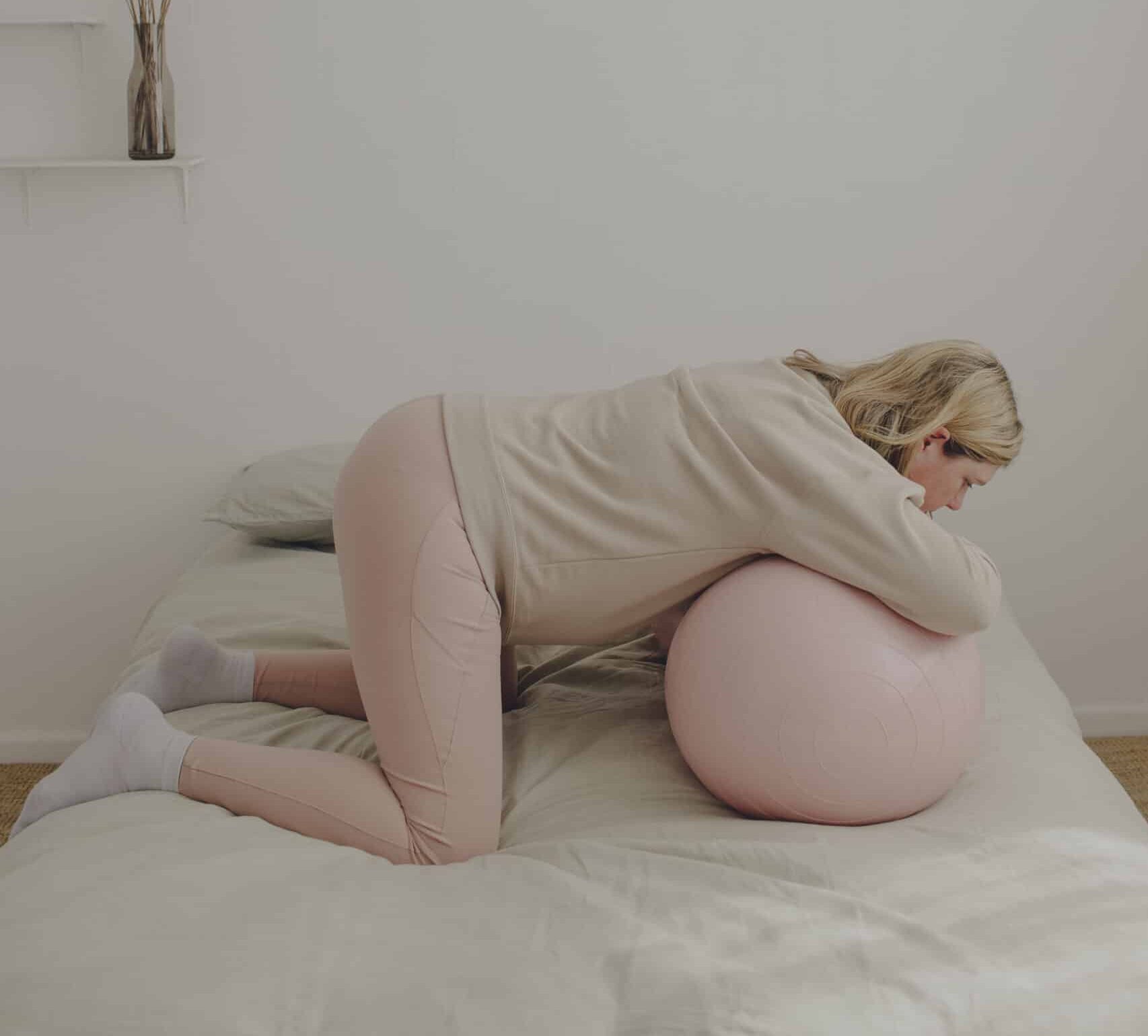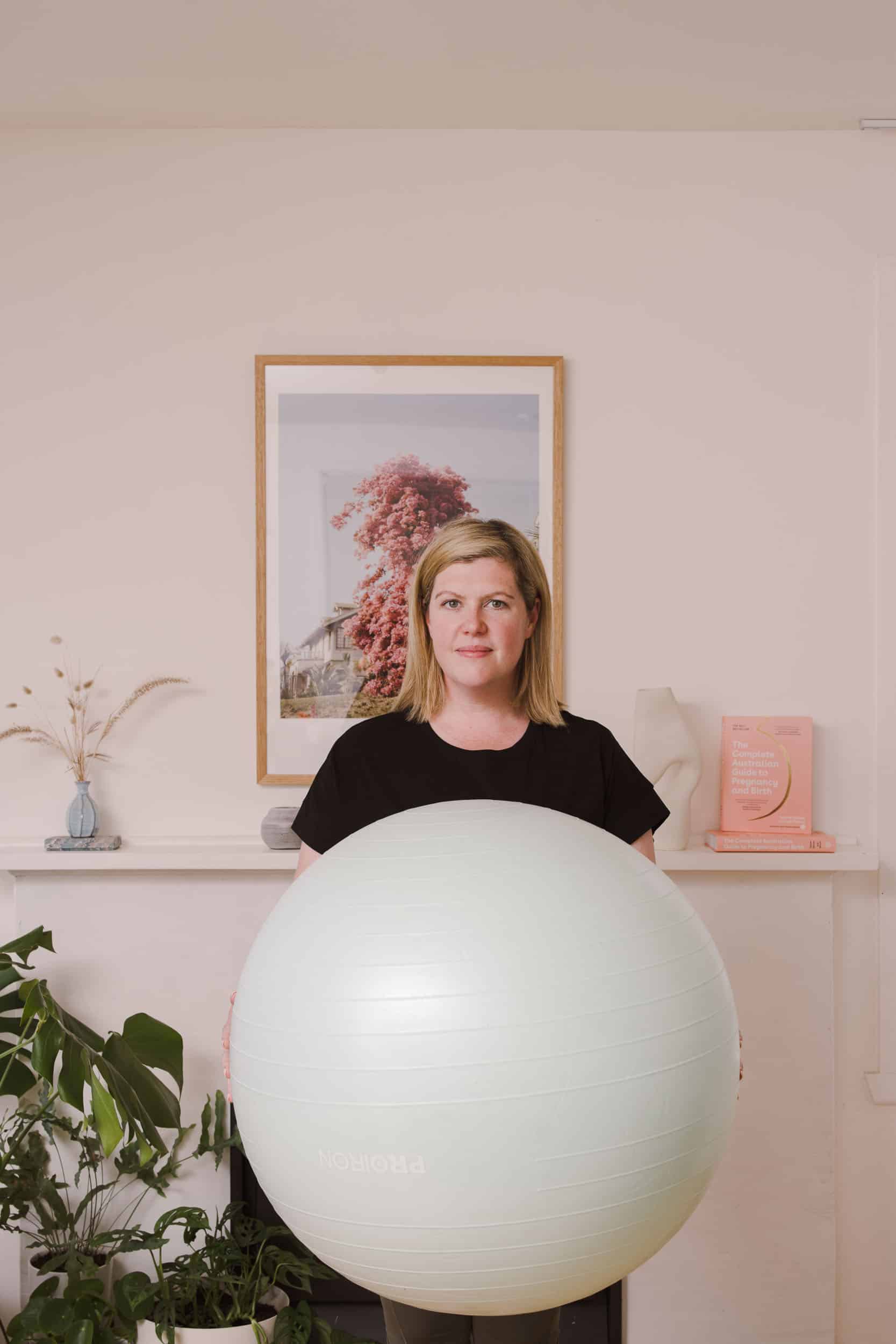Birth Birthing Your Placenta : Active Management versus Physiological Management
Birthing Your Placenta : Active Management versus Physiological Management

After your baby is born vaginally, the third stage of labour begins. This stage is all about birthing the placenta (commonly referred to as after-birth), the temporary organ that’s been sustaining your baby for the length of your pregnancy.
You may not have thought that much about birthing your placenta until now and that’s okay. However, it’s a really good idea to understand what happens during the third stage so you can make a choice between active management and physiological/expectant (natural, uninterrupted) management.
You can expect your care provider to discuss the third stage with you in the final weeks of pregnancy and it’s recommended that you make note of your preferences in your birth plan.
What is the third stage of labour?
The third stage of labour involves two steps:
1. Clamping and cutting the umbilical cord
When your baby is born, it is still receiving oxygen and blood from the placenta through the umbilical cord. At birth, one-third of your baby’s blood is still in the placenta, hence why delayed cord clamping is preferred (and becoming standard practice) by many care providers. Ideally your care provider will wait until the cord has stopped pulsing and is white (there’s no more blood in it) before clamping it. Either your midwife, your birth partner or you will be able to cut the cord (this is something you should outline in your birth plan). It’s important to note that if your baby needs assistance with breathing or needs to be seen by the paediatrician, the cord will most likely be cut immediately.
2. Birthing the placenta
Once your baby is born, the placenta comes away from the wall of the uterus and falls into the birth canal. The rush of oxytocin that you experience when your baby is born, when you have skin to skin with your baby and when your baby latches to your breast, prompts uterine contractions which encourage the placenta to detach. However, sometimes it needs some encouragement and that’s where active management can assist. When the placenta begins to come through your vagina, your midwife will guide it out by gently twisting to make sure all of the membranes come out with it.
What is active management?
Evidence shows that an actively managed third stage of labour can reduce the risk of postpartum haemorrhage (PPH) which is when you experience a significant bleed after birth and lose more than 500ml of blood. Active management is therefore recommended to women who are at risk of PPH. In many hospitals, it is also standard recommended practice and therefore, in the overwhelm of your baby just being born, your midwife may request your consent for the injection and you may have an actively managed third stage without realising it.
Active management involves:
-
Medication : administering synthetic oxytocin (syntocinon) either via IV (if you already have a cannula in your hand because you’ve had medication during labour) or a needle in your thigh, soon after your baby is born. It has minimal side effects and works within 2-3 minutes by encouraging the uterus to contract. It’s these contractions that prompt the placenta to detach from the wall of the uterus.
-
Clamping the cord early : shortly after the syntocinon is administered your midwife will clamp the umbilical cord and cut it (or offer for you or your birth partner to cut it).
-
Controlled cord traction : your midwife tugs gently on the cord to encourage the placenta to move into the birth canal while placing counter-pressure on the uterus (she will place her hand above the pubic bone on your abdomen and press down).
What is physiological/expectant management?
If you look up the definition of a physiological birth, it will describe a birth that starts, continues and ends without intervention or interruption. This includes an uninterrupted third stage of labour, where the birthing mother holds her baby and encourages her baby to latch (to stimulate the flow of oxytocin, which stimulates uterine contractions and prompts the placenta to detach). If you choose this option, your midwife will encourage you to move into an active birth position to birth the placenta. If you’ve birthed your baby in the bath, the drawing of water when you stand up after birth can also assist the delivery of the placenta.
Tip: chat to your care provider about hospital policy regarding both active and physiological management. All hospitals have strict policies in place in regards to third stage management protocols and time frames. For instance, the umbilical cord may need to be clamped within 2-3 minutes of you receiving syntocinon but if delayed/optimal cord clamping is a priority for you, this may interrupt the process. The best way to write your birth preferences for the third stage of labour is to be infrared about your hospital’s policies.
How long does the third stage of labour last?
If you opt for active management, you can expect to birth the placenta within 30 minutes of birthing your baby. If you opt for physiological management where you don’t have any medication or hands-on assistance from your midwife, you can expect it to take up to an hour. Most hospitals will have a policy regarding the timeframe of a physiological third stage, hence if it’s getting close to one hour after birth and your placenta hasn’t yet been delivered, you can expect your midwife to suggest an active birth position (sitting on the toilet or a birth stool can often help) to assist the process.
What does the third stage of labour feel like?
Once your baby is born your uterus will continue to contract in order to release the placenta. The contractions will feel milder than your strong labour contractions but they generally do get more painful the more babies you’ve had. Your obstetrician or midwife will encourage you to push once the placenta has released from the uterus but this can actually be a bit tricky (you may feel like you’ve got no control over it). Once the placenta is in your vagina you’ll feel its weight and you’ll want to birth it as soon as possible. If you’ve had an epidural, you won’t feel anything and you can expect your obstetrician or midwife to actively manage your third stage.
What are the risks for postpartum haemorrhage?
A postpartum haemorrhage can be a traumatic experience for the birthing mother and may require a transfer to theatre for surgery. If you lose a significant amount of blood, you may be required to have a blood transfusion. If you experience sudden and rapid blood loss before you have birthed the placenta, you will likely be diagnosed with retained placenta (where the placenta remains attached to the uterus) and be taken to theatre to have it treated by an obstetrician and medical team. Sometimes blood loss also occurs after the placenta is delivered. Risk factors for PPH include:
- Previous history of PPH greater than 1 litre
- Previous history of retained placenta
- Prolonged use of oxytocin (syntocinon) for induction or augmentation of labour (greater than 8 hours)
- Prolonged active second stage (more than 1 hour of pushing) requiring instrumental birth
- Forceps birth
- You’ve had five previous births (if so, you’ll be considered a grand multiparity). The risk of PPH goes up the more times you have given birth
- Presence of uterine fibroids
- Health conditions such as anaemia, diabetes and high blood pressure
What does the placenta look like after birth?
The word “placenta” originates from the Greek word ‘plakous’ meaning flat cake, which gives an idea of what a placenta looks like. The placenta is a round disc shape, about 20cm in diameter and 2.5 cm thick at the centre. It weighs approx. 700gms. The placenta has two sides, one which attaches to the mothers uterine wall. This side is dark red in colour and is made up of many lobes, called cotyledons. These lobes adhere to the uterus and connect with a mothers’ circulation. The other side of the placenta, the fetal side, is smooth and glistening in appearance and is where the baby is connected by the umbilical cord to the placenta, within the placental sac. The fetal side is a pronounced network of branching blood vessels, sometimes nicknamed the tree of life.
What happens after the placenta is birthed?
Your obstetrician or midwife will assess your perineum, vulva and vagina for any tears or grazes. If you’ve had an episiotomy or you have a second, third or fourth degree tear, you will require stitches (you’ll be given a local anaesthetic beforehand). If your tearing is significant (3C or 4C) you’ll likely be transferred to theatre so the obstetrician can stitch you under bright lights, in a sterile environment, and with the assistance of a medical team.
Our Podcast Picks for You
Categories
Related Products
-
The Birth Class
108 reviews$249.00The empowering online childbirth education program that will help you confidently prepare for birth.
Get your copy of our Perineal Massage Guide in your inbox
Keep Reading
We think you might enjoy these articles
@AustralianBirthStories
Follow along with us
@AustralianBirthStories
Follow along with us
@AustralianBirthStories
Follow along with us
@AustralianBirthStories
Follow along with us
@AustralianBirthStories
Follow along with us
@AustralianBirthStories
Follow along with us
@AustralianBirthStories
Follow along with us
@AustralianBirthStories
Follow along with us
@AustralianBirthStories
Follow along with us
@AustralianBirthStories
Follow along with us
@AustralianBirthStories
Follow along with us
@AustralianBirthStories
Follow along with us









